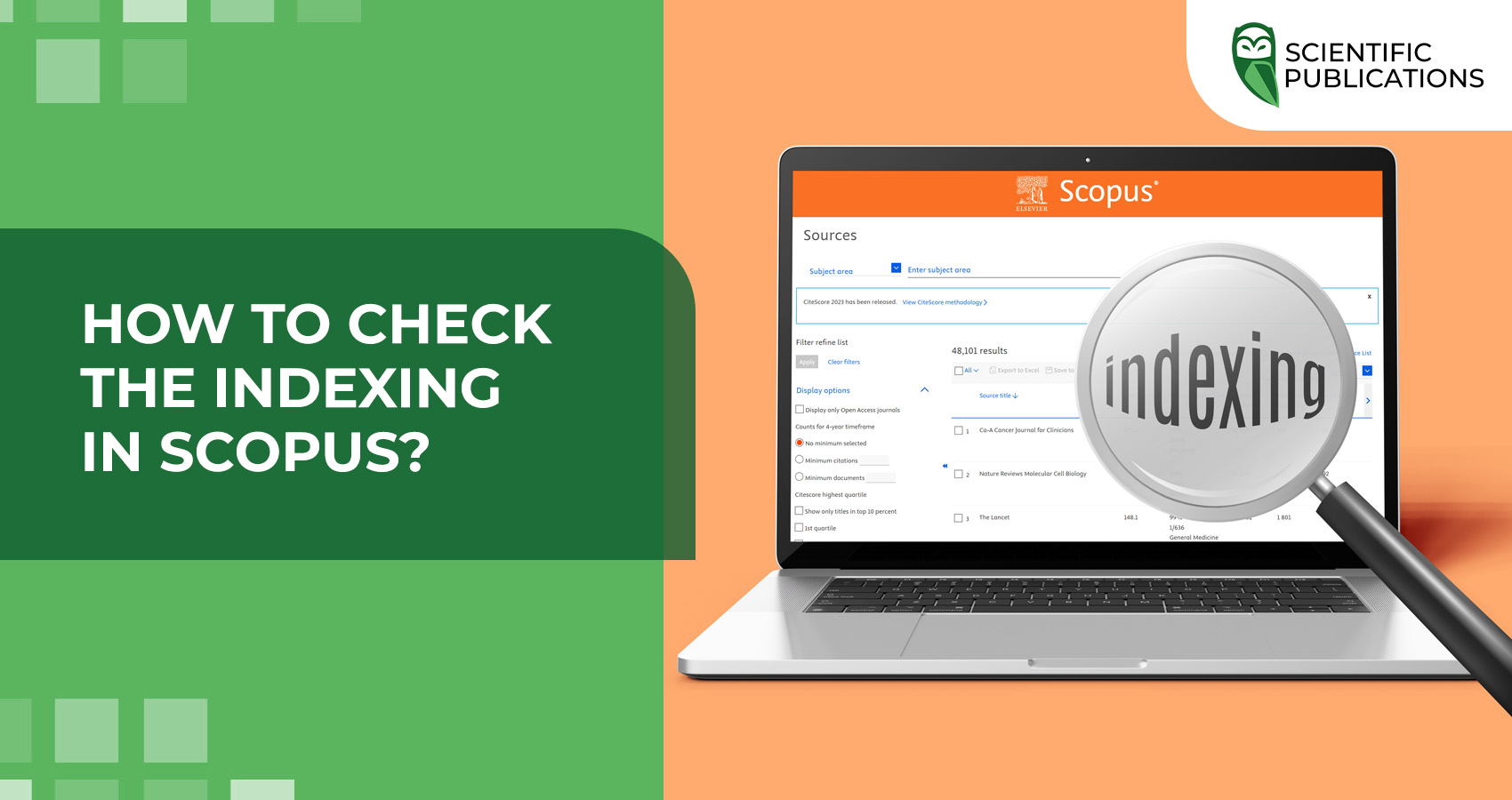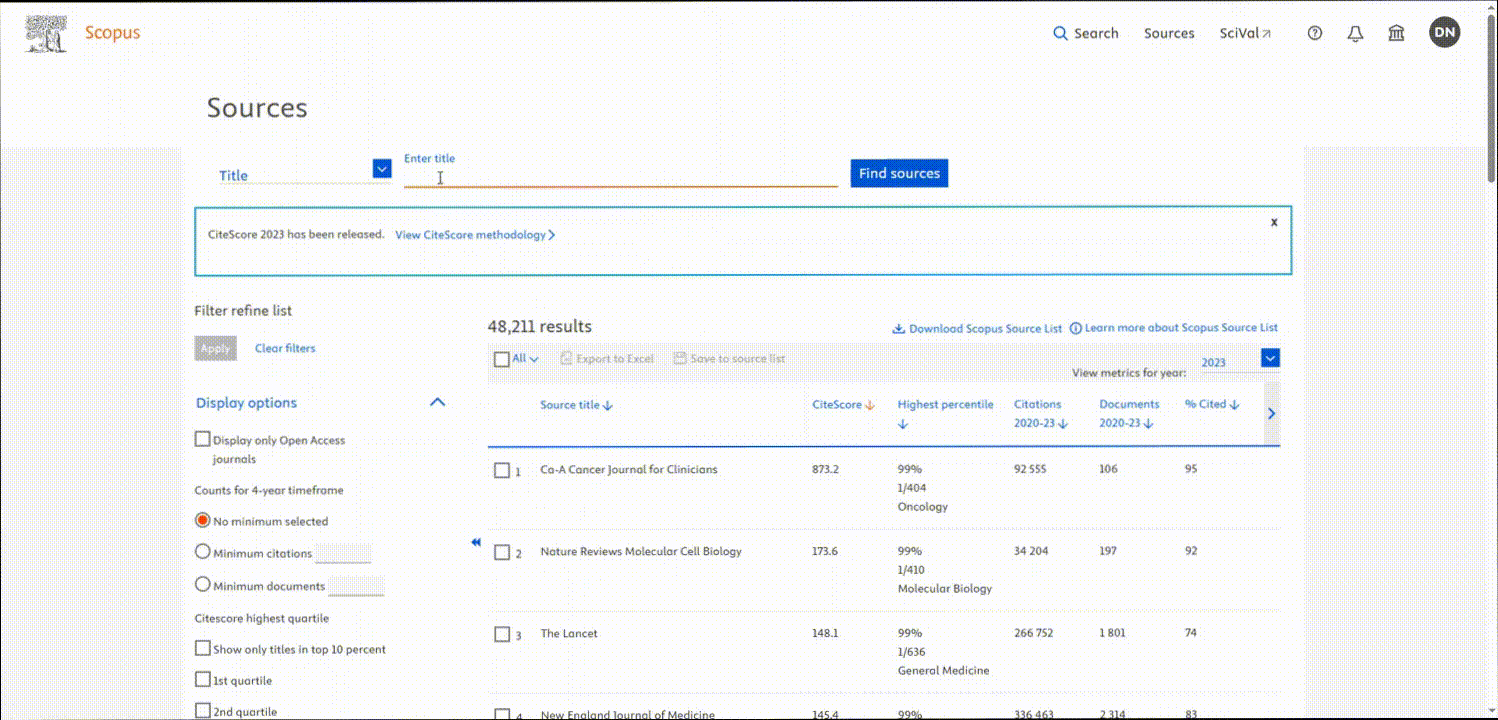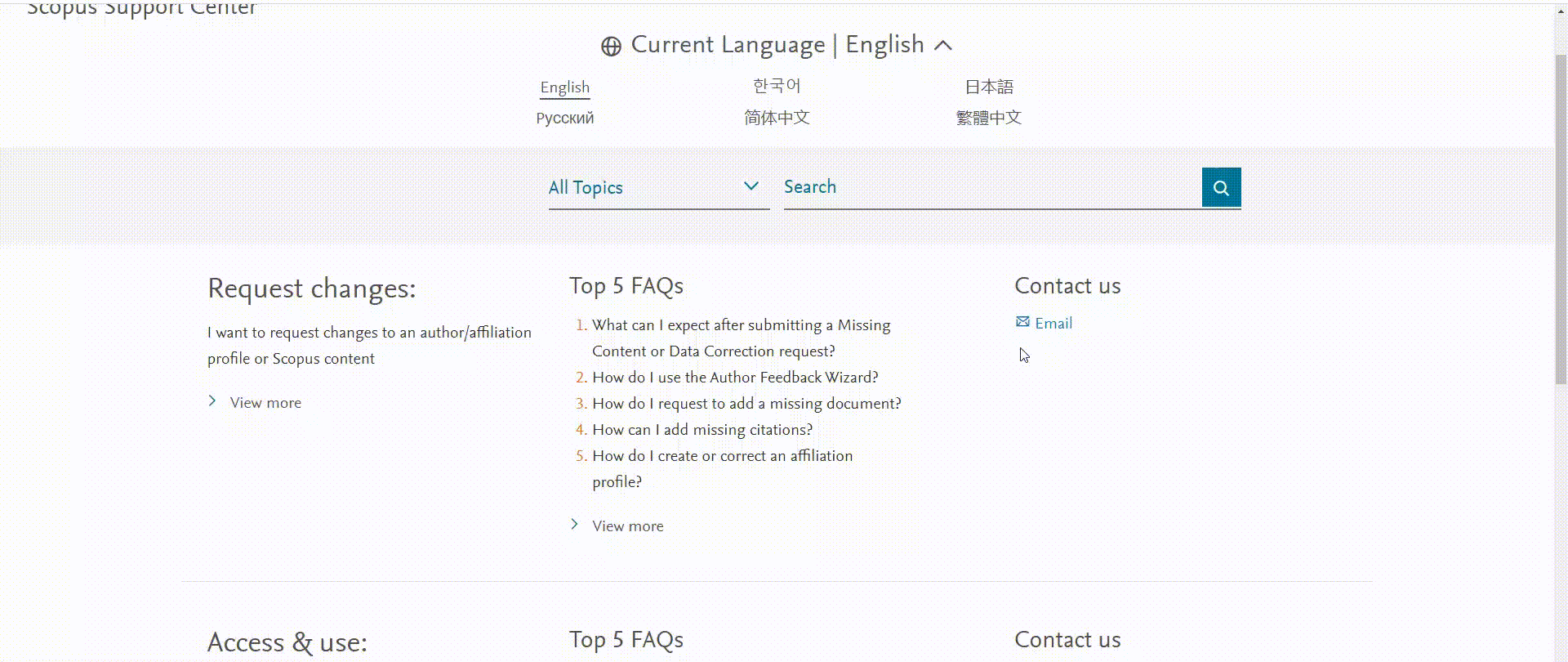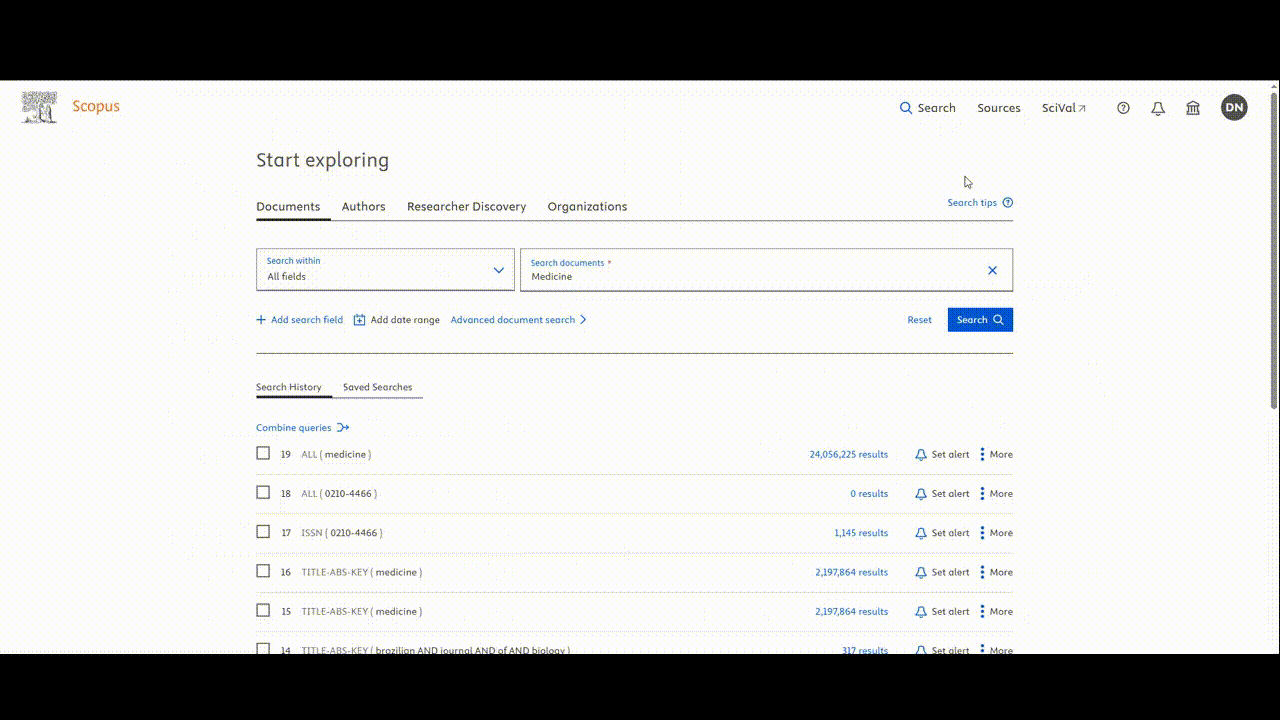For researchers who want to publish an article in Scopus, choosing the right journal is one of the key steps in the process. It may seem that it is enough to find a journal that is indexed in Scopus, corresponds to a certain scientific field and meets the required indicators. However, it is important to make sure that the journal is indeed indexed to avoid falling into the category of a predator journal. Let's take a look at how to find the journal's indexing in the Scopus database.

There are several key aspects to consider during your search: the relevance of the database update, the reputation of the journal, the frequency of issues, and the coverage of years in Scopus.
Downloading the list of indexed publications
The easiest way to find the indexation of a scientific journal in Scopus is to look at the current list of indexed publications. The user can access this list in a table format, where they can check whether the journal is included in the database. If the journal has been excluded, the list also indicates which materials were indexed last.

Search via journal page in Scopus
To do this, you need to log in to the Scopus database (even without a subscription), select the journal search, enter the required parameters, and open the journal page. If it says “coverage discontinued in Scopus”, it means that indexing has been discontinued. The absence of results in the search indicates that the journal has never been indexed in Scopus.

Contacting the Scopus support service
If you have not been able to find the journal's indexing yourself, you can contact the Scopus support team for advice. However, this option should be used only in exceptional cases, as the two previous methods are usually sufficient to check.

Difficult cases of searching for a journal in Scopus
Having familiarised yourself with the basic methods of checking the indexing of a journal in Scopus, you should consider situations that may raise doubts when choosing a publication. We have considered the most common disputable cases and developed an algorithm of actions for each of them.
Indexing new and excluded journals: what should you know?
The process of adding new journals to Scopus or excluding them is complex and may take some time, so changes are not always reflected in the database instantly.
If a journal has already been accepted for indexing, but its page has not yet appeared in the system, it may mean that it has recently been added and its issues have not yet been indexed. After the first issue is published and the indexing process is completed, the page will become available.
A similar situation is observed with journals that have been excluded. The status of “coverage discontinued in Scopus” may be updated with a delay after the official decision to discontinue indexing.
The Scopus database is constantly updated, and journals can change information about their indexing.
Scopus cover years
If the “cover years” field indicates “to present”, this means that the journal is still indexed in the Scopus database. For example, consider the scientific journal Asclepio.

It is worth noting that the “to 1997” mark does not indicate that the journal has been excluded from Scopus, but only reflects the period of its indexing. Thus, even if a specific year is indicated, this does not always mean that indexing has ceased - the journal may remain in the database, but with certain restrictions.
Such situations with indexing years happen quite often, especially after the calendar year changes. For example, at the beginning of 2025, many journals were marked “until 2024”, which does not mean that they were removed from the database, but only indicates the absence of indexed issues for 2025. After the first issue of the new year appears, the status will change to “to present”.
How to find journal indexation in Scopus?
Analyse the journal's page – review the information about the journal, including the availability of indexed materials for 1997-1999. Their absence may indicate a temporary pause in indexing.
Check the status – find out if there is a “coverage discontinued in Scopus” mark. If it is not, the journal is probably still being indexed.
Check in the list of indexed journals – download the current list and find the journal you need.
“Active” status – if the journal is marked as “Active”, this confirms that it is currently indexed in Scopus.
If the journal does not submit materials for three years, its status changes to ‘discontinued’.
How to find the journal's indexation in Scopus:
- Check the journal's website – visit the journal's website and check for the mark “coverage discontinued in Scopus”. If it is present, this indicates that indexing has been discontinued.
- Follow the link – if the page says “Continued as”, follow the link to the new journal title to check its current status.
- Check the status on the new page – make sure that the new page is active and the journal continues to be indexed in Scopus.
- Checking through the Source list – for additional verification, refer to the Scopus Source list.
If the journal has changed its name, its indexing continues, but the old page becomes inactive. It is important to use the updated data.
Is the journal excluded from Scopus? What about its articles?
If a journal was excluded from Scopus in a certain year, but its materials remain partially indexed, it is important to determine which articles were included in the database and which were not.
How to check the indexing of a document in Scopus:
- View content coverage – read the information about the materials available in Scopus to understand which articles are indexed.
- Check in the Source title list – check the journal's indexation in the Source title list, which indicates which issues of the journal have been included in Scopus.
This will allow you to clearly distinguish between indexed and non-indexed documents.
Search for journal indexation by ISSN
To check the indexation of a journal in Scopus, you can use the ISSN search. This is a convenient and quick way to find out the status of a publication and check its availability in the database.

How do you not have to look for indexing in Scopus?
- Scimago Journal Rank (SJR) – this system is updated only once a year, while Scopus is updated monthly. Therefore, the information in the SJR may not be up-to-date in terms of indexing.
- The official website of the journal – checking the indexation only on the basis of data from the journal's website is not reliable, as some publications can manipulate this information, especially unscrupulous ones.
- Thematic collections – it is important to take into account the date of publication of journal collections, as some information may be outdated and not reflect the current indexing status.
Note: All information provided in the article is current as of the date of its publication on 31 March 2025.
Scientific Publications regularly updates data on changes in the list of Scopus indexed journals. After each update, we publish a news item with a list of excluded journals, which helps to choose a reliable journal to publish your research.
Do you need to publish in Scopus? Contact Scientific Publications. We will help you to prepare and publish an article in the Scopus database in the appropriate field. Get a free consultation by filling out the form below. We will contact you shortly. Together we wish you a successful publication and new achievements!





